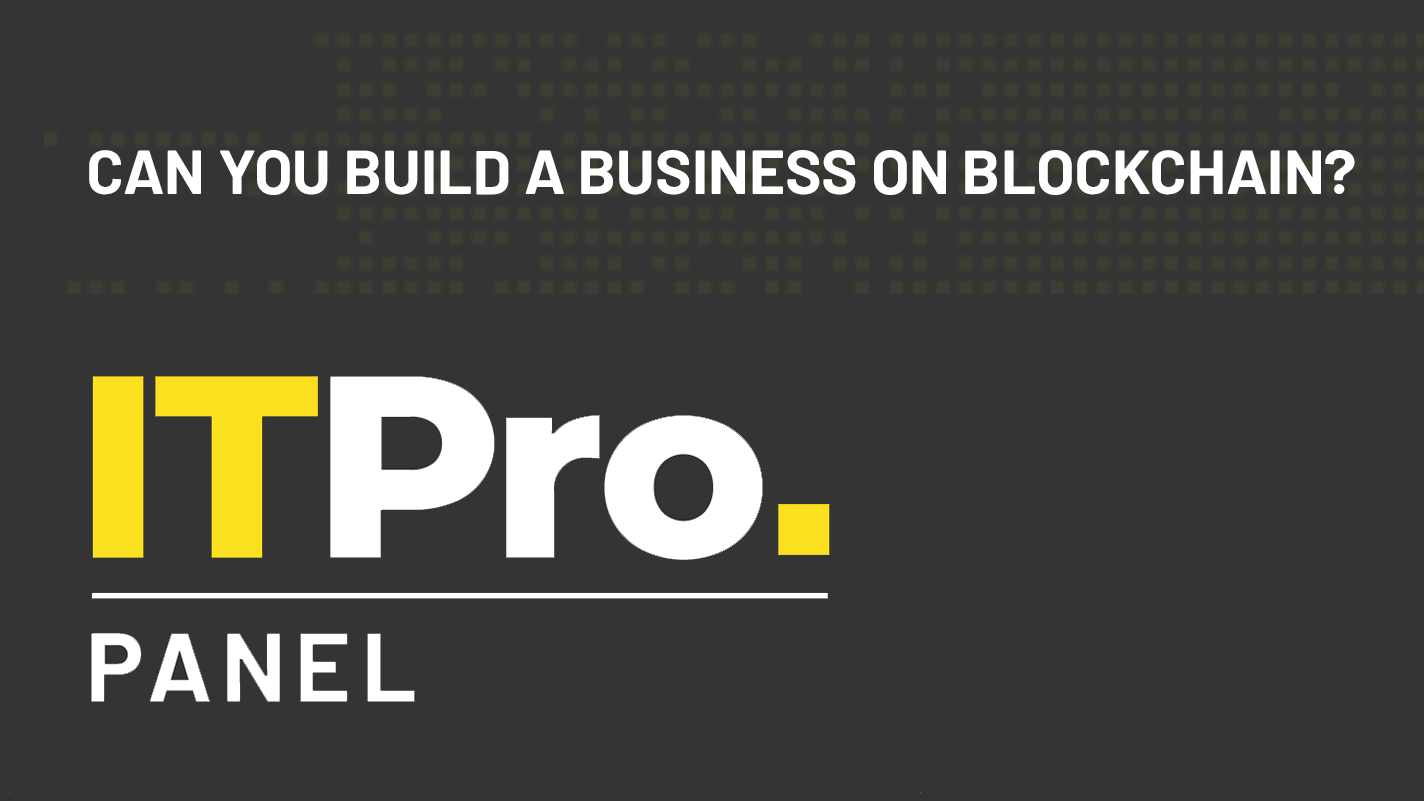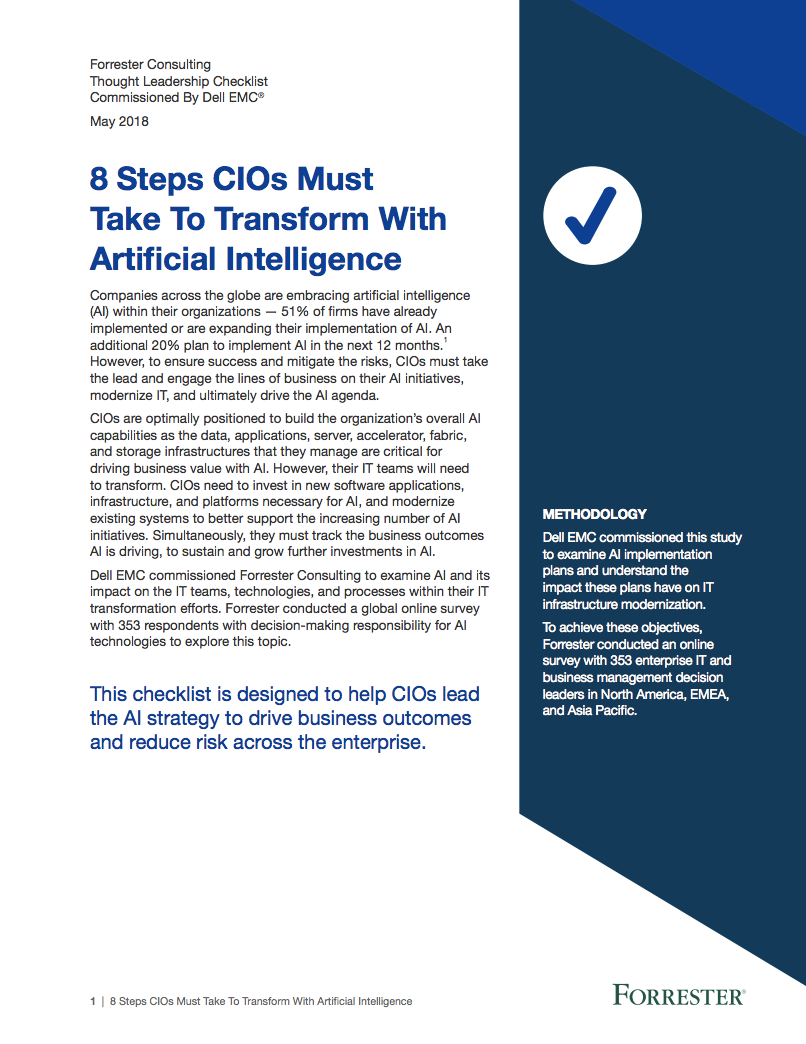IT Pro Panel: Can you build a business on blockchain?
Blockchain’s about more than just cryptocurrencies, but does it have a place in the enterprise?


Bitcoin has gone from a niche internet curiosity to a household name that’s made the fortunes of many an investor. Over the last several years, cryptocurrencies and NFTs have stolen headlines, but for the savvy technologist, it’s the blockchain technology underpinning them that’s most interesting.
We’re not going to go into too much detail on the technical specifics of what blockchain is and how it works, but, in brief, a blockchain is a distributed ledger in which every transaction is collectively validated by every node on the network. Entries are permanent and immutable, and the infrastructure itself is completely decentralised.
Blockchain was originally developed to support Bitcoin, and became famous through the rise of cryptocurrencies. However, experts have highlighted many potential uses for blockchain beyond cryptocurrency, including a number of applications in business verticals from property to logistics.
How realistic, though, is the idea of deploying blockchain within a business? Is there a genuine need for this technology, or is it merely a passing gimmick? And how difficult would it be to put the theory into practice? In this month’s IT Pro Panel discussion, we asked our panellists for their insights into just how much of an influence they expect blockchain to have on the future of business.
Block you like a hurricane
If you’re relatively new to the world of blockchain, it may surprise you to learn it’s been around for more than a decade, having been invented by Bitcoin creator(s) Satoshi Nakamoto in 2008. As with most people, our panellists initially became aware of blockchain through its relationship to Bitcoin – which didn’t necessarily lead to the best first impression.
SmartDebit CTO Gavin Scruby, for example, first came across it as a vehicle for criminal transactions and ransom payments. He says although he initially dismissed it, its growth in popularity over the years led him to do more research into the technology behind it.
“I've had a similar experience to Gavin,” says Studio Graphene founder and CEO, Ritam Gandhi. “It’s come in waves for me as well, and I first started reading up about Blockchain around 10 years ago when I heard about Bitcoin.”
Get the ITPro daily newsletter
Sign up today and you will receive a free copy of our Future Focus 2025 report - the leading guidance on AI, cybersecurity and other IT challenges as per 700+ senior executives
This experience is also shared by RoosterMoney CTO Jon Smart, who even tried his hand at mining bitcoin prior to its explosion in popularity and resource requirements.
“I’ve got no idea what I did with the outcome though, as at the time I remember thinking this was a gimmick and would not last,” he says; “I was definitely wrong!”
While the ideas and concepts behind blockchain may seem dense and confusing to the uninitiated, our panellists report quickly getting their heads around it. What was harder to figure out, they said, was how to effectively apply the technology.
“I didn’t find it too difficult to understand and have always liked the concept,” Smart says. “I have, however, questioned how well it would scale and if it was cost-effective as an approach.”
“The bit I found really challenging was understanding the various use cases and understanding how they leveraged blockchain at a more granular level,” says Gandhi, “as well as understanding how to actually implement blockchain technology in practice.”
Block around the clock
These questions around the implementation of blockchain technology are still being asked to this day, although there’s been significant progress since it was first introduced. For example, Smart says his research into decentralised finance has revealed some intriguing potential applications within the insurance industry.
“It was interesting how they suggested that insurance companies may convert fiat currencies into a centralised digital currency as a way of holding the funds globally for more regional insurances, allowing easier flow of funds for assets that moved around”, he notes. “I didn't dig too deep, but the idea that it was easier to hold the funds in a form of global currency rather than using traditional banking to hold funds on account in different countries felt like it may have legs.”
Scruby, meanwhile, remains sceptical. He argues that blockchain is still “a solution looking for a problem”, involving disproportionate engineering overheads and nebulous security implications. He also posits that it has “some of the advantages of a fully distributed system but all of the disadvantages”. Despite this, however, there were some elements that caught his attention.
“An interesting application area I saw was one where Know Your Customer checks were shared between banks on a single blockchain. This meant that the blockchain provider didn't control or even hold the data, and each bank can validate that the others made their changes, so they reduce individual KYC effort. Of course, this could all be done with conventional engineering and agreements, but having that crypto proof made international compliance checks much easier - so the solution was more solving a regulatory proof issue than anything.”
Another use case raised by Smart is Nestlé’s use of managed blockchain to track the origin of its coffee to increase transparency throughout its supply chain.
“I think pretty much every industry can decide to leverage blockchain in some way,” adds Gandhi. “Supply chain is a great example.”
Scruby concurs that if the parties can agree on a common system, supply chain is an excellent use case, but raises a particular point in regards to Nestlé’s deployment. The concept of blockchain is based around a decentralised system with no singular party trusted more than another, and, according to Scruby, this doesn’t precisely meet that definition.
“The thing I find interesting is that all of this happens within AWS,” he explains. “Each user in that chain has to connect to AWS and use their services. So in reality, it's not decentralised and there is a trusted party - Amazon - so there is no actual need for blockchain; Amazon could just share a database that it controls. I appreciate it's Hyperledger Fabric underneath, but we only have Amazon's word for that, so we have a trust in place. It's really interesting that the first commoditised uses of these systems will be blockchain in name, rather than spirit.”
Scruby’s opinion is that the most compelling use case for blockchain technology comes in the form of smart contracts within the legal industry. The main advantage in this area, he says, is that because blockchain is inherently tamper-proof, blockchain-based smart contracts eliminate the need for lawyers to cross-check and verify the terms of the agreement at different stages. This could massively speed up the process of things like mergers and acquisitions.
What’s up, block?
On the other hand, there are still a number of barriers standing in the way of large-scale blockchain deployments. One of the greatest is the fact that any blockchain needs to reach a critical mass of adoption before it becomes viable. Smart notes RoosterMoney was looking at potentially implementing a blockchain-backed cryptocurrency, but says “the volatility of that currency and the need for volume to help stabilise provides additional challenges”.
“With blockchain tech more specifically, we looked at a number of approaches and one that we nearly implemented was a more centralised solution with the benefits of immutability and verifiable transactions. However, at the time we needed it, it wasn't as proven as we would like and we had concerns over what it looked like at scale.”
This problem of critical mass, according to Gandhi, is compounded by the current lack of understanding around the technology.
“In my mind, we need more people to understand blockchain,” he says; “how and where it can be applied, the limitations and risks, why it's useful and, lastly, how to apply it and build applications using blockchain. If our level of understanding grows, adoption will grow and this helps us address the volume challenge we've talked about.”
“Security is a big one for enterprises,” adds Scruby. “These are new solutions, so no one really knows where the malicious attacks (as well as careless configuration mistakes) will come from. Current scanning tools have no knowledge about any of these new solutions and they are in such flux now that they will be playing catch up for a while. When issues are found, due to the inherent tamper-proof and consensus operation of the system, rapid and frequent fix deployments will be an issue. As Ritam noted, more knowledge around will make all of these things easier, but blockchain is just so new in application (if not the concepts behind it) that security by obfuscation will be what is relied on for quite a while.”
Other concerns our panel raised around implementing blockchain solutions include the potential need for regulatory approval in financial deployments, as well as the comparatively slow speed with which blockchain transactions are generally authenticated. The environmental impact of enterprise blockchain deployments, however, isn’t seen as an issue.
This is because while most blockchains use proof-of-work to validate transactions, where vast amounts of energy are expended to perform complex calculations, an alternative method is to use a ‘proof-of-stake’. In this model, members of a blockchain must demonstrate some level of investment in order to contribute changes, such as (in the case of a cryptocurrency) the number of coins held.
“That stops a malicious actor from adding blocks,” Scruby explains, “as they would have to already have more than legitimate members.”
“It's much easier in more controlled blockchains where joiners are vetted for access (like most enterprise ones will be), so you can be even more creative in the block validation mechanism. Ethereum is in the process of converting to proof-of-stake for obvious environmental reasons, but this is slow due to roll-out speed issues inherent in blockchain that we've already discussed.”
Block to the future
While it’s one thing to discuss the theoretical idea of integrating blockchain technology into applications, building that functionality is another thing entirely. However, while it may seem like a dauntingly complex system, Gandhi is sanguine about how difficult it would be to build blockchain-backed software.
“I think in this instance, ‘difficult’ is a relative term,” he explains. “There are a number of popular frameworks, like Hyperledger and Etherium. I think it comes down to the skillset for engineers, as is the case with any other technology. It's difficult the first time or whilst an engineer is learning how to work with one of these frameworks, but the next time it will be easier.”
On the other hand, as Scruby points out, most spheres of software development are significantly more established than blockchain, with good levels of separation between the code needed to run the application and the rest of the stack. In blockchain, the boundaries are currently much less defined, and the levels of certainty are much lower.
“Here, the systems are immature, so a programmer is not completely sure how the infrastructure supporting everything will react,” Scruby says. “They won’t know what security issues will be encountered or know if race conditions and timing issues will be a factor. The breadth of knowledge needed is just much wider right now, documentation is poorer and there is no standardisation between different chains.”
“I absolutely agree,” says Gandhi. “With a certain level of maturity and standardisation, it will get substantially easier in terms of adoption.”
These adoption challenges are illustrated by the fact that even among our panellists, the use of blockchain is still almost non-existent. Although he’s kept a close eye on the development of both cryptocurrency and blockchain, Smart says he has no plans to implement either technology within RoosterMoney’s environment.
“I can't see us deploying a decentralised blockchain solution –which I think is what most people think of when talking about blockchain. It will be interesting to see where things go. We came very close to using a centralised version of the blockchain and that may well come up again. We are more likely to integrate with some form of decentralised finance; however, that does depend on how things progress with the changes that are happening. There are a lot of financial services ideas in that area, and there seems to be good momentum.”
Gandhi’s company already has a number of projects leveraging blockchain, but says they’re still at the proof-of-concept stage and not yet ready for public deployment. However, he hopes to have a blockchain-based application in public beta within the next year to further expand the team’s capabilities.
Scruby’s main objections to deploying blockchain at SmartDebit have historically been based on the highly regulated nature of the payments industry and the company’s size. However, earlier this year, SmartDebit was acquired by business software company The Access Group, which he says may change matters.
“Now that we're part of a larger organisation, who knows? I know they have at least a proof of concept running in the labs,” he says.
“I'll be taking a ‘last man standing’ approach to choosing a solution environment. For me, in areas that handle real money and real risk, I'll leave the early adopter approach to braver people!”
To apply to join the IT Pro Panel, please click here to enter your details. Please note that we are not accepting applications from technology vendors at this time.
Adam Shepherd has been a technology journalist since 2015, covering everything from cloud storage and security, to smartphones and servers. Over the course of his career, he’s seen the spread of 5G, the growing ubiquity of wireless devices, and the start of the connected revolution. He’s also been to more trade shows and technology conferences than he cares to count.
Adam is an avid follower of the latest hardware innovations, and he is never happier than when tinkering with complex network configurations, or exploring a new Linux distro. He was also previously a co-host on the ITPro Podcast, where he was often found ranting about his love of strange gadgets, his disdain for Windows Mobile, and everything in between.
You can find Adam tweeting about enterprise technology (or more often bad jokes) @AdamShepherUK.
-
 Should AI PCs be part of your next hardware refresh?
Should AI PCs be part of your next hardware refresh?AI PCs are fast becoming a business staple and a surefire way to future-proof your business
By Bobby Hellard
-
 Westcon-Comstor and Vectra AI launch brace of new channel initiatives
Westcon-Comstor and Vectra AI launch brace of new channel initiativesNews Westcon-Comstor and Vectra AI have announced the launch of two new channel growth initiatives focused on the managed security service provider (MSSP) space and AWS Marketplace.
By Daniel Todd
-
 Majority of CIOs concerned that cloud complexity exceeds human ability
Majority of CIOs concerned that cloud complexity exceeds human abilityNews Greater observability and rollout of automated systems are also needed to reduce IT team strain and burnout
By Rory Bathgate
-
 AI the most critical technology for CIOs over the next five years
AI the most critical technology for CIOs over the next five yearsAnalysis 60% of CIOs believe artificial intelligence and machine learning are the top critical future technologies
By Esther Kezia Thorpe
-
 8 steps CIOs must take to transform with artificial intelligence
8 steps CIOs must take to transform with artificial intelligenceWhitepapers A checklist to help CIOs lead their AI strategy
By ITPro
-
 AI and the CIO: How to develop a business case
AI and the CIO: How to develop a business caseIn-depth Convincing executives to look past the hype and bluster is often the biggest challenge for IT leaders
By Mark Samuels
-
 Mayor of London hails capital's AI firms as he reveals smart city roadmap
Mayor of London hails capital's AI firms as he reveals smart city roadmapNews Sadiq Khan outlines plans to use more data and urges startups to solve social challenges
By Joe Curtis
-
 IFS: Living wage increases put jobs at risk of automation
IFS: Living wage increases put jobs at risk of automationNews Rises in the lowest wages 'may make automation more attractive to employers'
By Dale Walker
-
 AI news: CBI urges creation of AI commission in 2018
AI news: CBI urges creation of AI commission in 2018News It underlines the need to analyse the impact of AI on the workforce
By Dale Walker
-
 How the cloud underpins Lush's entire digital strategy
How the cloud underpins Lush's entire digital strategyIn-depth Lush plans to make a splash with chatbots and may train staff with AI
By Zach Marzouk